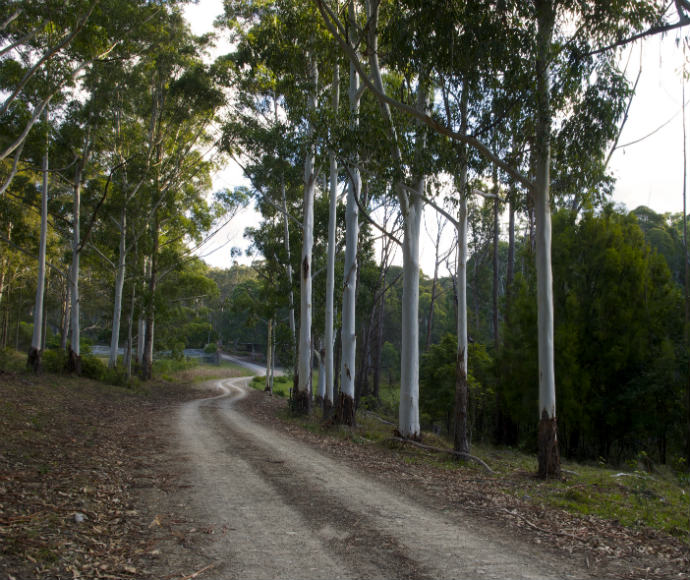The Department of Biodiversity, Conservation and Attractions (DBCA) is celebrating 50 years of the Western Australian Herbarium’s botanical journal ‘Nuytsia’ by naming and describing 50 new species over the course of the year as part of a ‘golden anniversary’ edition of the journal.
Since Nuytsia launched in 1970, the number of published native flowering plant species in the State has risen from 5802 to 10,445, with many undescribed species awaiting scientific publication.
Among the newly discovered species are the Dancing Lechenaultia, Mundatharrda Calytrix and Richardson’s Philotheca, all of which have horticultural potential and appear to be rare in the wild.
The species occur in a range of habitats throughout the State including in some of WA’s most iconic national parks. They were unearthed while studying specimens at the WA Herbarium, during field surveys, and through the opportunistic collections of keen-eyed botanists and citizen scientists.
Around one-fifth of WA’s native plant species, subspecies and varieties have been named in Nuytsia, more than any other publication. All papers in the journal are made freely available through the Western Australian Herbarium’s online portal: https://florabase.dpaw.wa.gov.au/
As stated by Environment Minister Stephen Dawson:
“The golden anniversary of Nuytsia is a wonderful reason to celebrate the State’s biodiversity and the taxonomic research efforts of a broad array of botanists over many years.
“Western Australia’s extraordinary botanical diversity is of global scientific interest and botanists are still in an active phase of species discovery and description.
“Giving scientific names to these species and providing descriptions to aid their identification is a critical step that is likely to lead to positive conservation outcomes such as the discovery of new populations.
“Documenting where species grow, when they flower and fruit, and their rarity, is baseline research that informs on ground conservation efforts going forward.”
Minister’s office – 6552 5800








